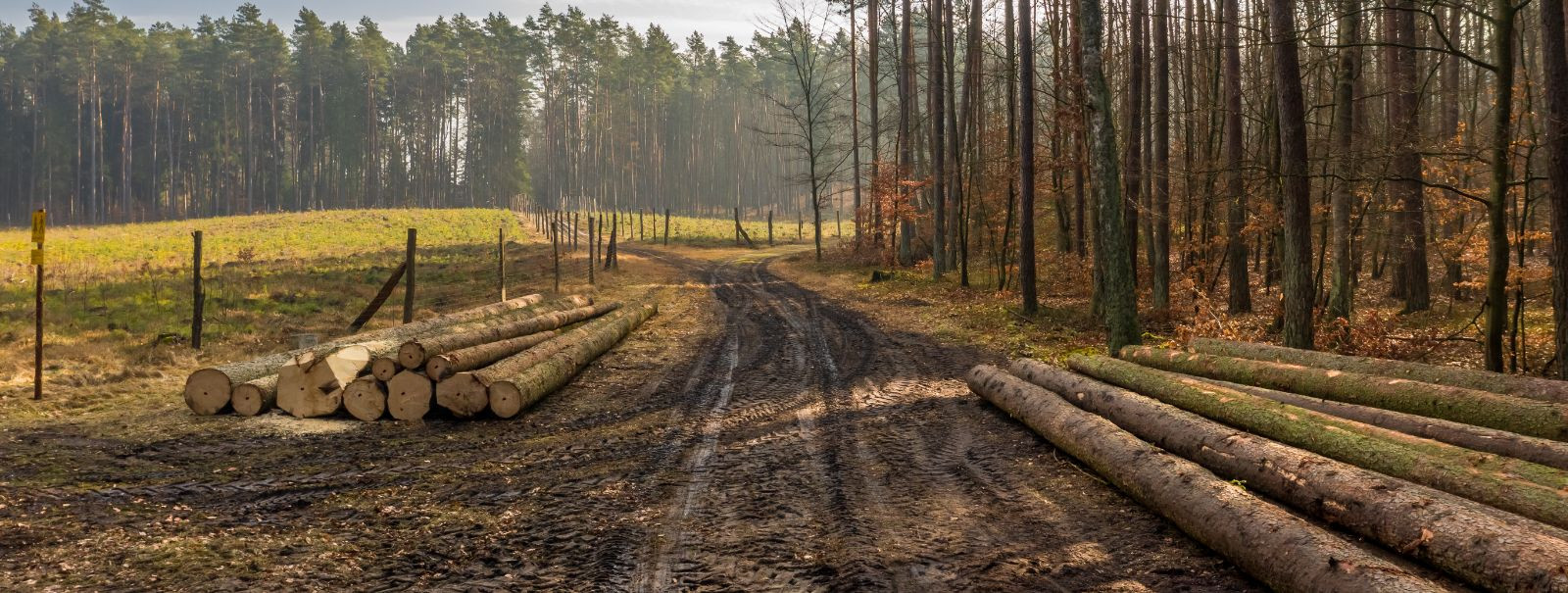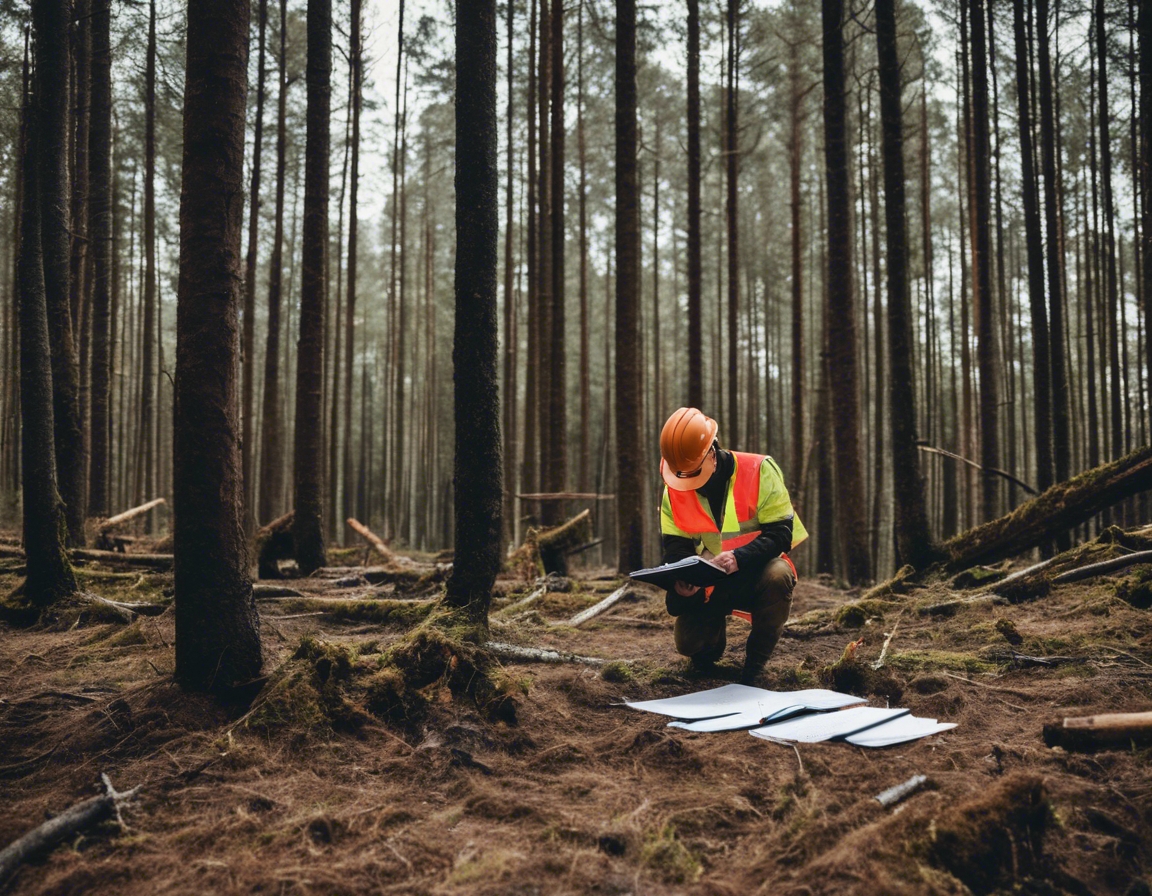The future of forestry: trends to watch
The forestry sector stands at the cusp of transformation, influenced by technological innovation, environmental concerns, and evolving market demands. As we look to the future, several key trends are poised to shape the industry, offering both challenges and opportunities for stakeholders, including international timber and wood product companies, local forestry operations, and financial institutions. In this post, we will explore the most significant trends to watch in the future of forestry.
Technological Advancements in Forestry
Advancements in satellite imagery, drones, and sensors are revolutionizing the way forests are monitored and managed. These technologies enable real-time data collection, providing insights into forest health, growth patterns, and environmental impacts. For companies like KMK OÜ, leveraging these tools can enhance sustainable forestry practices and operational efficiency.
The integration of automation and robotics into forestry operations is streamlining processes such as planting, harvesting, and transportation. Autonomous machinery can operate in challenging terrains and conditions, reducing labor costs and improving safety.
Big data is transforming decision-making in forestry. Predictive analytics can forecast market trends, pest outbreaks, and climate-related risks, enabling proactive management and strategic planning.
Sustainable Forestry Practices
Climate-smart forestry focuses on practices that mitigate climate change effects while enhancing forest resilience. This includes adaptive management strategies, carbon sequestration, and biodiversity conservation.
Forest certification schemes and traceability systems ensure that wood products come from responsibly managed forests. These practices are crucial for maintaining consumer trust and access to environmentally conscious markets.
Urban forestry is gaining traction as cities recognize the benefits of trees in urban planning. Green infrastructure contributes to air quality, temperature regulation, and overall well-being.
Forestry Economics and Market Dynamics
Global wood demand is shifting due to economic development, population growth, and changing consumption patterns. This affects timber prices and trade flows, with implications for forestry operations and investments.
The bioeconomy, which includes the production of renewable biological resources and their conversion into products, is expanding. This trend is driving demand for wood as a raw material for bioenergy, bioplastics, and other bioproducts.
Forestry assets are increasingly seen as a stable investment with potential for long-term returns. Financial institutions and investors are showing greater interest in sustainable forestry projects.
Policy and Regulatory Changes
International agreements and local legislation are shaping forestry practices worldwide. Compliance with these regulations is essential for market access and sustainable operations.
Community forestry initiatives empower local populations to manage forest resources sustainably. Recognizing land rights is key to protecting forests and supporting livelihoods.
Forests provide a range of environmental services, including carbon sequestration. Carbon markets offer a financial incentive for maintaining and enhancing forest carbon stocks.
Education, Training, and Workforce Development
Continuous professional development is vital for keeping pace with industry changes. Training programs and certifications help forestry professionals stay current with best practices and technologies.
Increasing public awareness and engagement in forestry issues is crucial for fostering sustainability. Educational initiatives can build support for responsible forestry practices.
Attracting and training the next generation of foresters is essential for the industry's future. Young professionals bring fresh perspectives and innovative approaches to forestry.






Comments (0)